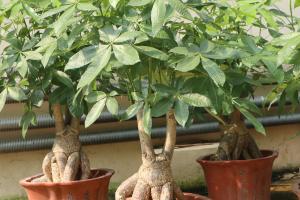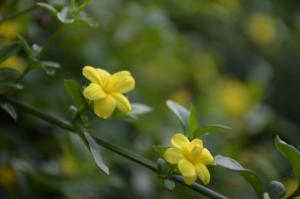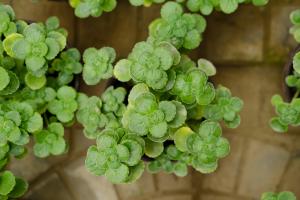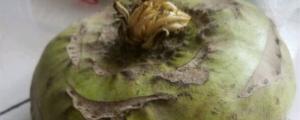1、 Morphological characteristics
1. Stem: the stem of carnation is relatively upright, and the base will be lignified, and the branches on it are relatively sparse
2. Leaves: the leaves of carnations are between 4 and 14 cm long and 2 to 4 cm wide. Most of them are linear lanceolate
3. Flowers: carnations usually bloom from May to August. The flowers are generally solitary at the branch end, with a certain aroma. The petals are obovate, and the colors are pink, purple and white

2、 Curing method
1. Soil: carnation is suitable to grow in loose and breathable soil. It is better if it has the ability to keep fertilizer and water. Too much soil viscosity is not conducive to its development
2. Light: carnations need to be exposed to light for a long time. The longer the illumination time, the more it can promote its flowering, and it is not afraid of exposure
3. Watering: carnations should not be watered too much. Generally, they can be watered more appropriately in the peak growth season and summer, and they can also be watered during flowering. Keep the soil moist at ordinary times, but don't be too damp
4. Fertilization: when planting carnations, base fertilizer should be applied in the basin soil, and cake fertilizer and water or compound fertilizer should be applied once a week during the growth period, which can ensure the plant to grow as soon as possible

3、 Picture appreciation
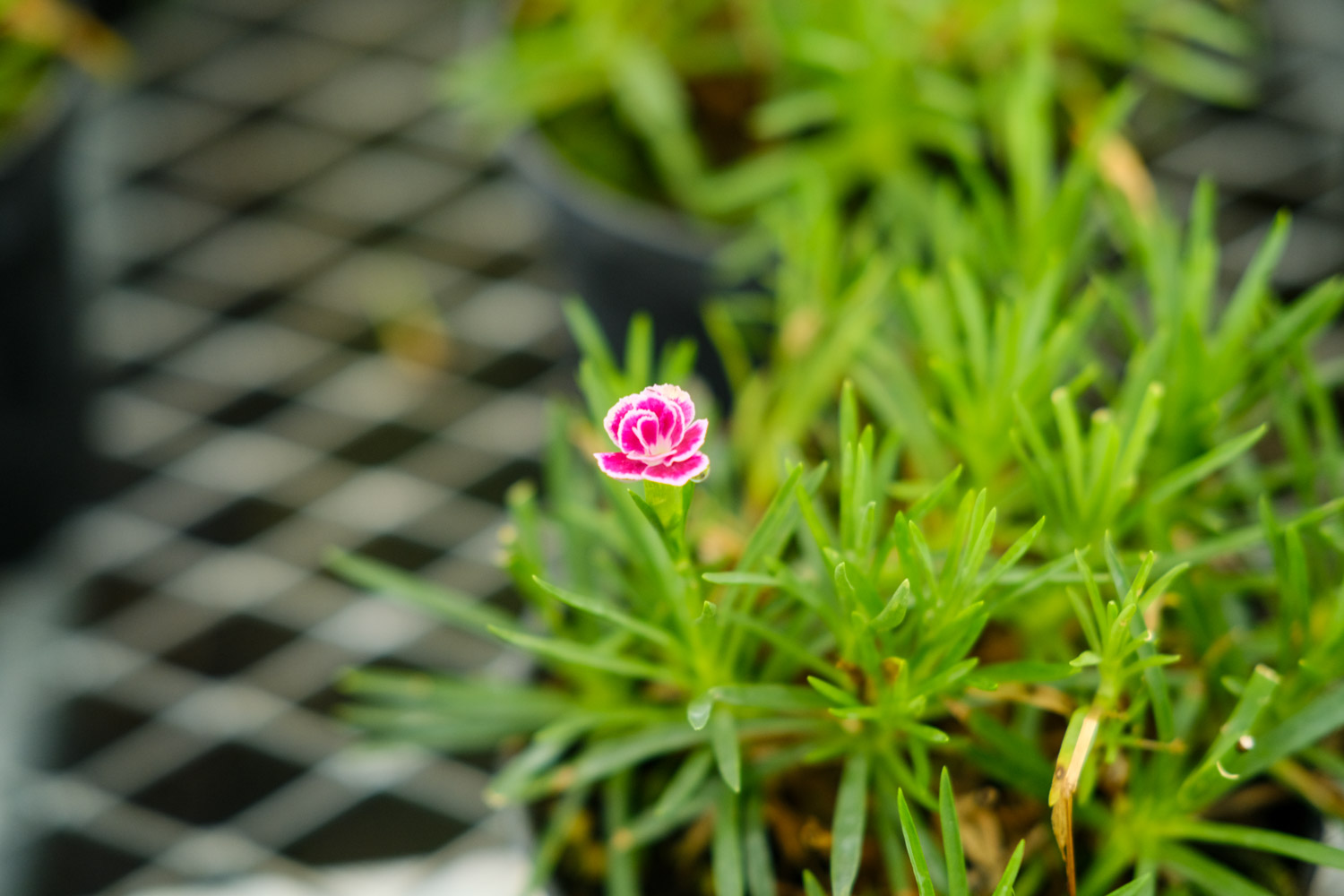

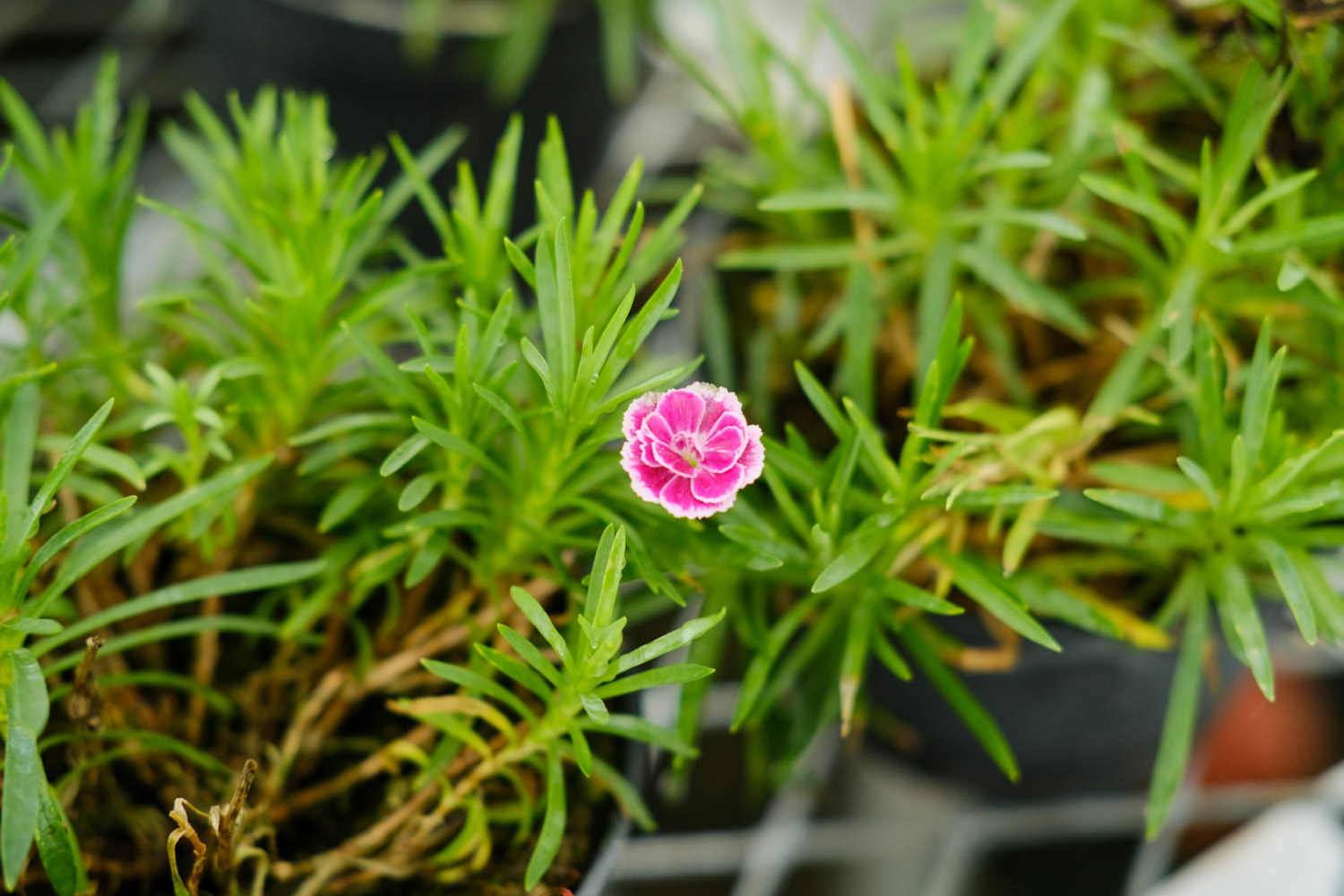

 jackfruit
jackfruit snake plant
snake plant hibiscus
hibiscus hydrangea
hydrangea lavender
lavender Green roses climb al...
Green roses climb al... If you don't pay att...
If you don't pay att... Management of four g...
Management of four g...
